Nerding Out: How Red Light Therapy Works
At the most basic level, RLT acts by inducing a photochemical reaction into molecules in our cells that are called chromophores. When a photon of light is absorbed by a chromophore, an electron in the chromophore can become excited and jump from a low-energy orbit to a higher-energy orbit. The stored energy from the excited electron can then be used by the system to perform various cellular tasks. Dr. Hopkins adds: “This is actually not such a strange concept; think about the rods and cones in our retinas converting light to neural signals—that’s how we see!”
Anyway, one such chromophore is called Cytochrome C Oxidase (CCO), which is very responsive to specific wavelengths of light in the red and near infrared (NIR) spectrum. When CCO is activated in the mitochondria in our cells, it causes them to produce more energy, allowing them to undergo self-repair and wound healing.
The direct effects of photon absorption include increases in ATP, a brief burst of reactive oxygen species, an increase in nitric oxide, and modulation of calcium levels, thereby inducing the activation of numerous intracellular signaling pathways. These signaling pathways lead to activation of a wide range of transcription factors, which are known to improve cell survival, cell proliferation, tissue repair, and regeneration.
Is Red Light Therapy Safe?
The short answer is, yes, RLT is entirely safe.
To be clear: we are not referring to the use of lasers when discussing the safety of RLT, nor are we including infrared (heat) treatments. We have not done enough research to give any opinion about the use of low level lasers at home. And there are safety concerns with the use of infrared (aka heating) pads, including a significant potential for burns.
Our comments on safety and efficacy refer only to therapy that’s administered via light emitting diodes, aka LEDs, which emit non-coherent or asynchronous light.
Dr. Hopkins say this: “I can say without reservation that RLT using red and NIR LED lights from a commercially available, trustworthy manufacturer appears to be completely safe.”
Does Red Light Therapy Work?
The short answer again is yes, but the question we should actually be asking is: “What does RLT treat, and what kind of results can I expect?”
Depending where you look, you will find claims that RLT is a veritable panacea, with benefits ranging from skin health (wrinkles, elasticity/collagen production, hyper-pigmentation, rosacea/acne, psoriasis) to wound healing, arthritis/joint pain treatment, hair regrowth, eyesight improvement, and even improvements in brain activity and mental health conditions, such as PTSD, depression, and traumatic brain injury.
The reality is that there are data to back up virtually all of these claims. After a rigorous review of the literature, we believe that RLT actually may indeed be an effective treatment for most, if not all, of these conditions.
Still, there are several important questions we considered when coming up with our recommendations for specific red light devices, including:
- What are the parameters necessary to achieve real results in a clinical or laboratory setting, versus what you can achieve with a consumer device in your home?
- How important are individual differences between users themselves (including skin tone)?
When it comes to RLT, the data suggest that the beneficial effects often correspond to the degree to which there is some sort of damage or insult to the tissue in the first place. In other words, you’re more likely to see a dramatic improvement in skin elasticity or wrinkle reduction in skin that is already sagging and has wrinkles, versus young skin with only some minor fine lines.
As long as we approach RLT with the understanding that results will vary and that you’re more likely to get dramatic results if your goal is to treat damage or injury, Dr. Hopkins enthusiastically recommends that you try RLT.
Benefits of RLT Are Like Exercise
Dr. Hopkins encouraged us to think about RLT in much the same way that we view moderate cardiovascular exercise. We know that exercise benefits us in countless ways, all of which have been well-documented in controlled scientific studies. We also know that we aren’t damaging ourselves by engaging in moderate cardio. Finally, we’ve accepted that the precise parameters around how much is optimal in order to achieve a specific benefit is largely uncertain and varies a great deal from person to person.
While this analogy to physical fitness may sound anticlimactic, Dr. Hopkins provided three reasons why he feels it’s actually remarkable:
- First, RLT is easy–much easier than working out!-–as long as you have the financial means to purchase a quality device.
- There are tons of studies demonstrating effective RLT treatments in the laboratory. Therefore, you can model your dosage/regimen after a successful research investigation and be reasonably confident that you will get positive results.
- Even if you don’t experience specific results to the extent that you were hoping, RLT has the potential to provide many different benefits. You’ll probably notice some other unexpected improvements—just like you will if you start a fitness regimen.
What Does Red Light Therapy Treat?
So, we’ve established that RLT is safe and that it is beneficial in a range of ways.
We asked Dr. Hopkins to separate legitimate uses of RLT from the false claims. Fortunately, he found many medical and cosmetic conditions for which there is sufficient scientific evidence to endorse RLT as a treatment.
In some cases, Dr. Hopkins even found enough information about appropriate dosage and treatment parameters to provide specific instructions for use. (More on this below.)
Here is a non-exhaustive list of what RLT can is purported to treat:
- Wrinkles and elasticity/collagen production
- Cellulite
- Hyper-pigmentation
- Rosacea and psoriasis
- Acne
- Wound healing
- Arthritis
- Muscle strength
- Gum health
- Hair regrowth
- Eyesight
- Seasonal affective disorder (SAD)
- Anxiety
- Immune system boost
- PTSD
- Depression
- Traumatic brain injury
- Cancer
- Carpal tunnel syndrome
- Neuropathy
This list smacks of too-good-to-be-true, we know. But the reality is that there is data to back up all of these claims, and many of these conditions actually enjoy a wealth of scientific support.
Still, until we have controlled studies comparing dosages in order to define optimal parameters, there is simply no way to guarantee specific results for most of these conditions.
This may seem like bad news for those seeking a guarantee of 20 years off their skin with a home RLT device. But Dr. Hopkins says that RLT “can safely be used for many conditions, and users can replicate the dosage from published studies to optimize their own results with an expectation of improvement and no risk of harm.”
Dr. Hopkins’ bottom line is that superficial skin issues such as wrinkles, discoloration, rashes/eczema, bruising, scabs/scars/scrapes, fine lines/wrinkles and elasticity, as well as muscle and joint pain are good candidates for at-home RLT machines. Deeper tissue effects (e.g., anything brain-related such as PTSD, Alzheimers, etc.) would be smaller simply due to the fact that OTC machines are necessarily quite weak compared to the lasers often used in clinical trials.
At the end of this post you’ll find Dr. Hopkin’s instructions on how to use red light therapy devices for various conditions.
How Much is Enough? Determining the Correct Dosage
RLT, like the vast majority of naturally occurring phenomena that exert biological effects, follows a hormetic arc of efficacy. Hormesis refers to dose-response processes in which a low dose can produce the opposite effect of a high dose. In other words, there is a dose range that will produce positive outcomes up to a certain level, at which point increasing the dose further will not continue to be beneficial but rather, will be harmful (examples of this: heat, salt, oxygen, stress, etc.).
The trouble with RLT is that the optimal parameters have not been established. But there is a large range of light intensities that have been shown to be effective for a wide variety of conditions. The data all suggest that the threshold for shifting from benefit to harm is higher than any at-home light therapy device will be able to achieve when used as intended. In other words, the more powerful, the better–and you do not have to worry about it being too strong.
The best red light devices available for at-home use will achieve an irradiance of at least 50mW/cm2 at an appropriate distance for use– usually at 6 to 12 inches away. If you opt for a flexible, form-fitting sheet like the Celluma Pro or a helmet like the iRestore, the irradiance may be lower because the item is coming in contact directly with your skin.
So how frequently and for how long you should expect to continue treatment in order to see results? While results will vary, most data suggest that you’ll want to use an at-home device on affected areas several times a week for at least a month.
As you can see from the graphic above, RedDot unit is significantly less expensive than comparable units. In fact, it is identical to the Rouge unit, and has superior irradiance when compared to the Mito unit.
What About Blue/Green/Amber Light?
Acne seems to be the one skin condition that specifically responds better to blue light than red. This is thought to be due to the antimicrobial/sterilizing properties of blue light. Seasonal Affective Disorder (SAD) also is likely better helped by blue, green, and yellow light than it is by red light. Unfortunately, blue light can also damage the skin, and may disrupt circadian processes, damage retinal cells, and more. For this reason we don’t recommend using blue light at home.
Red Light Therapy for Different Skin Tones
The FDA approval for over-the-counter red light therapy devices is limited to people with light skin tones. In general, the lighter your skin is, the more effective RLT will be for you because the light can penetrate deeper in skin with less melanin. Melanin will absorb a considerable amount of the light before it can reach deeper cells.
FDA 510 Clearance
The process of getting FDA approval involves substantial safety and efficacy data by way of peer-reviewed studies and clinical trials; is very time consuming and costs millions of dollars. There is a much faster and cheaper version, though, for low risk medical devices. This is called 510K Clearance, whereby companies must only prove that their device is equivalent in safety and function as a previously approved device with similar characteristics (called a “predicate device”).
Unfortunately, the 510k Clearance process encourages “copy cat” wavelengths and device styles, rather than novel and possibly more effective wavelengths or devices. Still, you of course want to make sure any red light therapy device you purchase has received FDA 510 Clearance.
Pulsed Versus Continuous Wave
You will find that several manufacturers proudly state that their device uses “pulsed” light. This is just marketing, and can be ignored if you’re using an OTC red light device.
The only reason you’d want to use pulsed rather than continuous light energy is in the case of a laser or other extremely intense light. This is because pulsed light allows you to deliver a more powerful beam without damaging your skin by ensuring that the heat has time to dissipate between pulses. But this simply does not apply to red light therapy devices for home use.
Can RLT Cure Covid-19?
Dr. Hopkins feels that there is great potential for red light therapy to help treat not only COVID-19 but any number of other potential pathogens. There are already clinical trials underway to explore the efficacy of such treatments .
Dr. Hopkins concluded that it is “absolutely reasonable to suppose that RLT can and will be an effective adjunct/alternative treatment for COVID-19 and other infectious diseases as more research is conducted. It is not clear where at home LED devices will fall in terms of efficacy but it is safe to assume that the benefit would be greater than zero and certainly not harmful.”
How to Use Your RLT Device
If you’ve purchased a device and want to know specifically how to use it, here are Dr. Hopkins’ recommendations. For all the conditions below, we’ve cited at least one clinical paper with specific data on dosage/treatment parameters, but please note that all of the conditions listed below are supported by multiple published clinical trials.
Wound Healing
- Use 633nm light at 96J/cm2 dosage immediately after surgery, 48-hours later and 2 times the following week. (Studies shown that mean healing time was 13.5 days versus 26.8 days for untreated patients. Trelles & Allones 2006–taken from Ablon 2018 review.)
- Use 830nm at 55J/cm2 plus 633nm at 98J/cm2 following surgery and repeated at 72 hours and again 3 times more during the following week. (Studies found that exudation, crusting, pain, and edema resolved roughly 50% faster in the treated group. Trelles et al., 2006- taken from Ablon 2018 review. You can also see extensive review of in vitro and animal models by Abreau Chaves et al., 2014.)
Pain
- Use 810nm, 27 J/cm2 (12 sessions, with 20-minute treatments each time). When combined with physical exercise, this improved chronic lower back pain 12 weeks after treatments. (Djavid et al., 2007).
Superficial Skin Appearance (age spots, wrinkles, smoothness, elasticity, etc.)
- 633nm (96 J/cm2) LED light administered as 20-minute treatments three times weekly for three weeks. In a study, this resulted in reduced wrinkles and fine lines as well as smoother skin as assessed by treatment-blind third party. (Bhat et al., 2005).
- Red light (611-650nM) resulted in significant improvement of skin as measured by complexion, feeling, roughness and collagen density as measured by ultrasound compared to controls. (Wunsch & Matuschka 2014).
Psoriasis
- 830nm, 60J/cm2 and 633nm,126J/cm2 during two weekly 20-minute sessions for 4 to 5 weeks with two days between sessions. Researchers found 60% to 100% clearance of psoriasis in treated patients. (Ablon, 2010).
Hair (Re-)Growth
- Double-blind control study (Lanzafame et al., 2013) found a very clear significant effect of red light (655+-20nM) on hair growth in men compared to placebo.
Muscle Recovery Post Acute Exercise
- Single treatment of 630nm at total energy density of 24Joules/cm2 following arms workout significantly reduced muscle soreness, loss of strength,h and loss of range of motion up to 96 hours after muscle-damage-inducing eccentric work out in 17 healthy male volunteers. (Borges, L.S., Cerqueira, M.S., dos Santos Rocha, J.A. et al.)
Retinal Health (Eyesight)
- Researchers found the 670nm light had no impact in younger individuals, but in those around 40 years and over, significant improvements were obtained in both color contrast sensitivity as well as low light visual acuity. (Shinhmar et al., 2020).


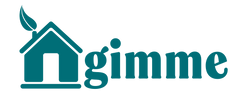
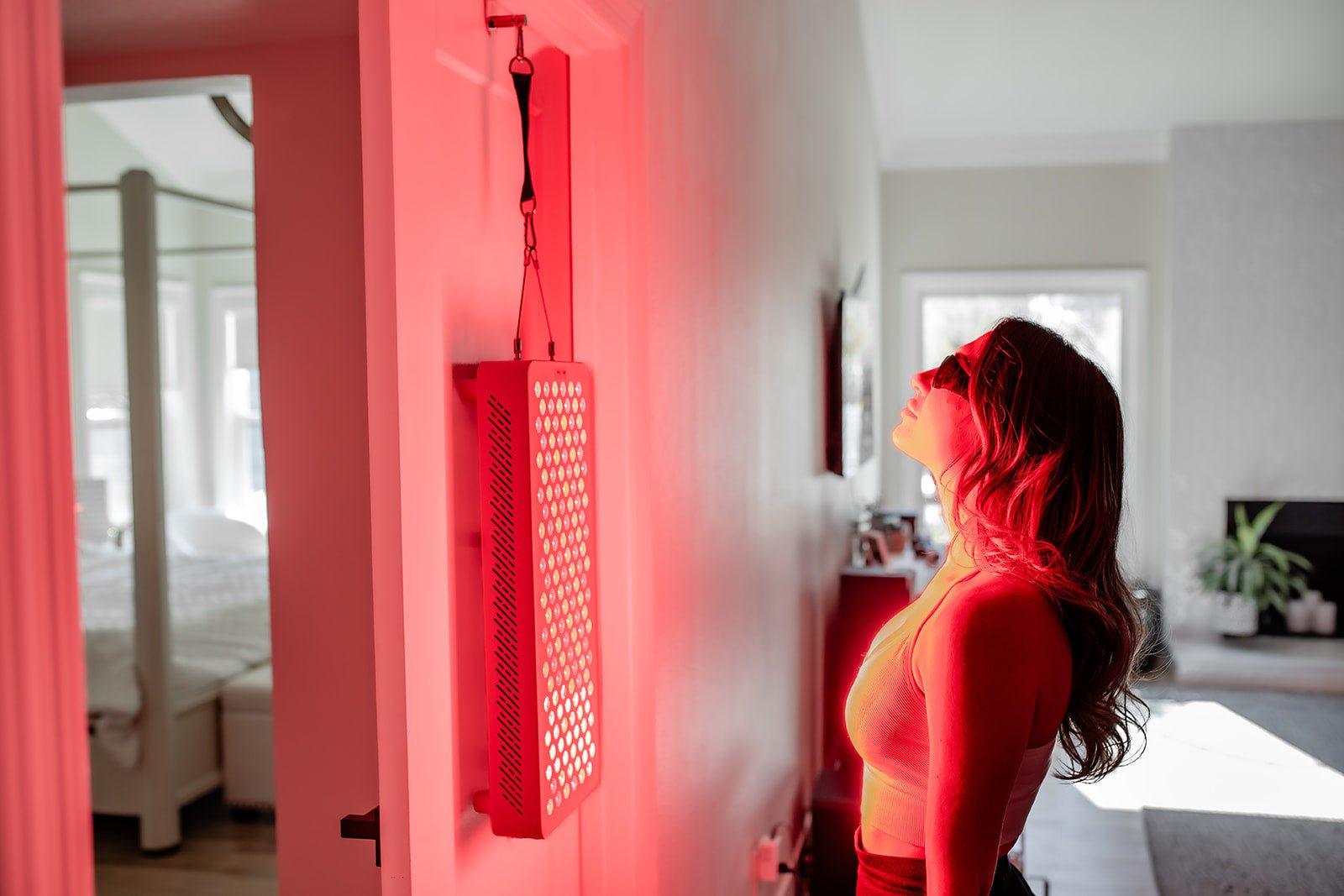
















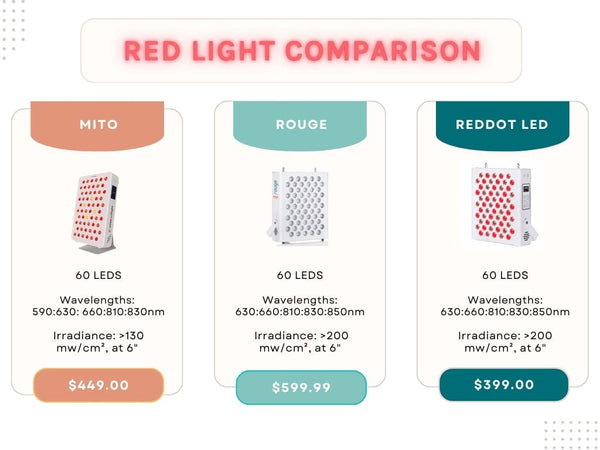










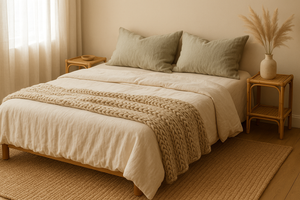
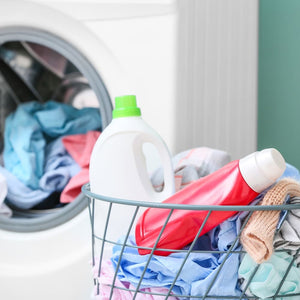
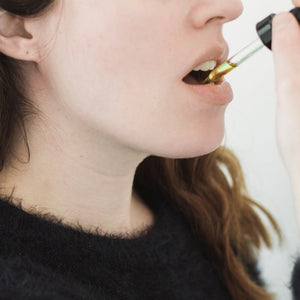
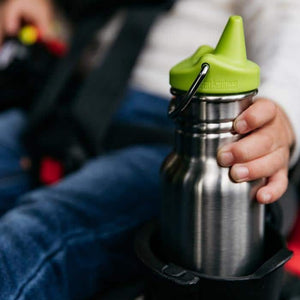
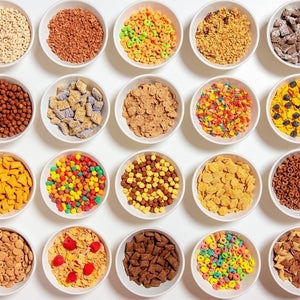

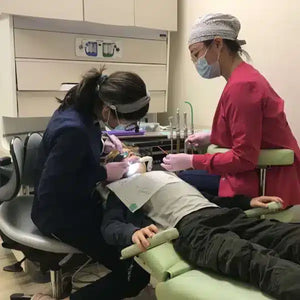

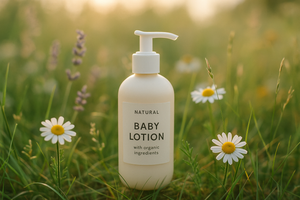
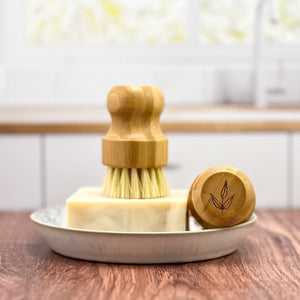
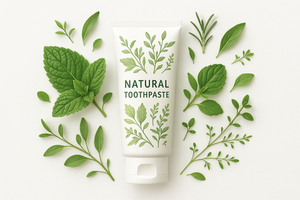


1 comment
Samantha Orlandi
What about the LifePro belt?